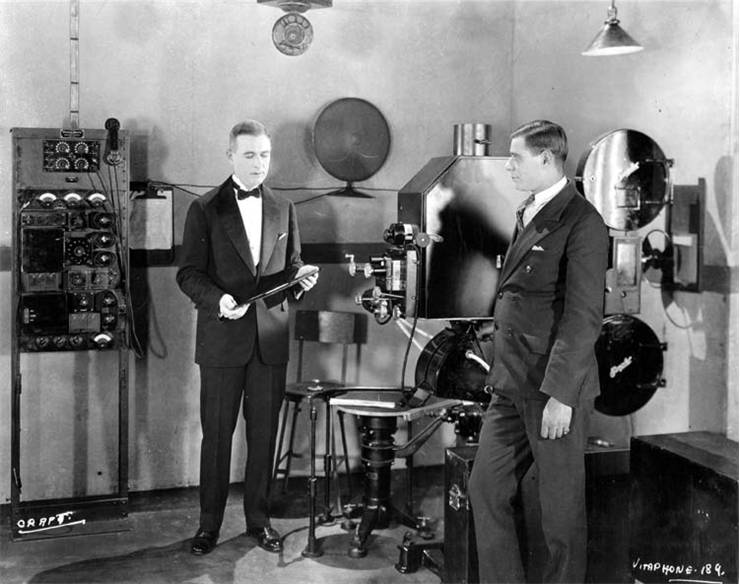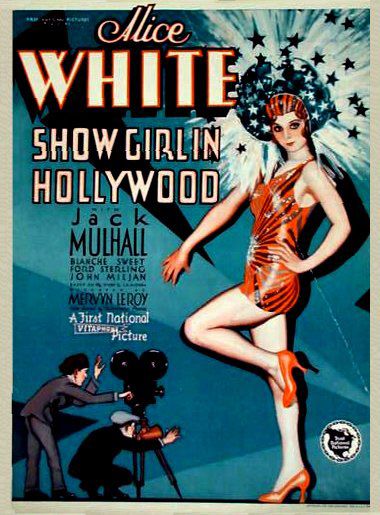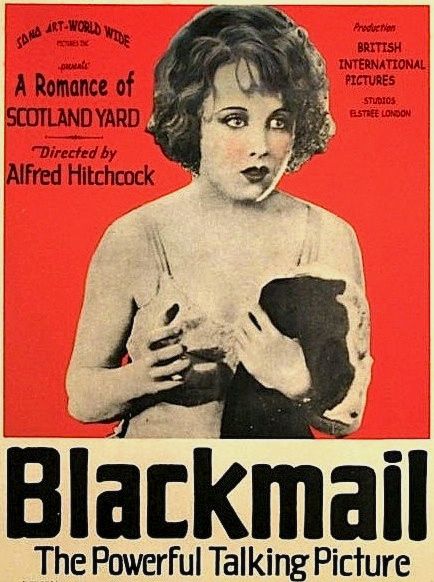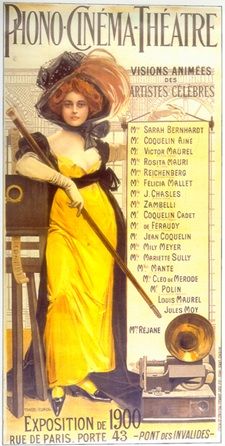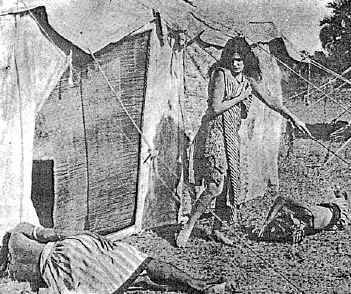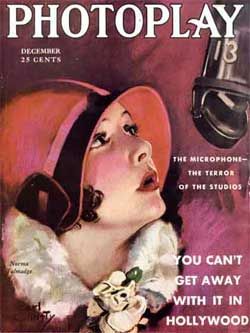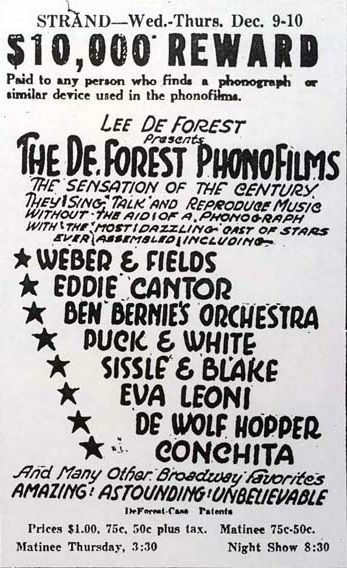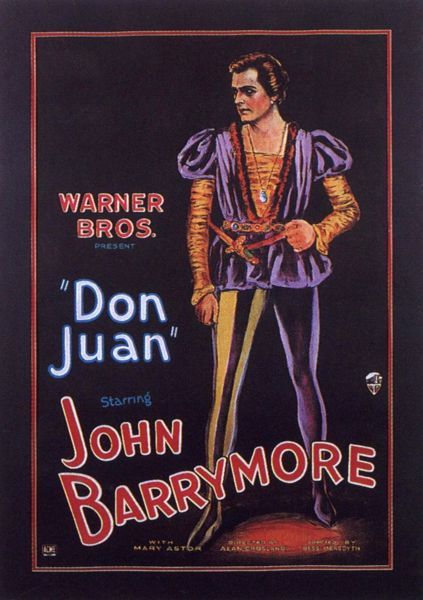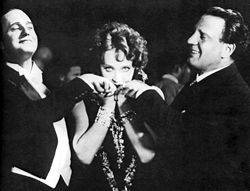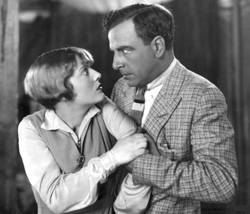The Sound Era - Talking Pictures and Sound Film Technology
Since the invention of the first film techniques, inventors from around the world have strived to create modern systems that could easily record, edit, and playback video and audio recordings. Various types of sound devices were created during the first few decades of film emergence. Still, only some reached the maturity stage acceptable to the film industry or film enthusiasts. One of the most famous early designs of movie sound was created by American inventor and minister Charles Taze Russell who created a lengthy film called “The Photo-Drama of Creation” that was the first to synchronize film scenes with music and dialog successfully. He achieved this by synchronizing movie playback with an independent phonograph reproducing pre-recorded sound on a wax cylinder.
The era of sound films started with the introduction of the Vitaphone, a sound-on-disc system developed by Western Electric Bell Laboratories in New York City and eventually bought by Warner Brothers in 1925. The first major success of this camera and the sound system was “Don Juan,” which featured a synchronized symphonic orchestra music score and sound effects but did not have a voice track. Even though Don Juan was very popular, it did not recoup its high production cost. However, Warner Bros. managed to find success with its next feature.
The first widespread success of sound movies happened with the late 1927 release of Warner’s “The Jazz Singer,” an 89-minute musical film featuring synchronized dialogue and music. It immediately broke box-office records in the United States, elevated Warner Bros. as one of the major US film studios in New York, and started the revolution of “talkies” movies. Shortly after the success of The Jazz Singer, Warner Bros and most other studios moved their bases of operation to West Coast, establishing the era of Hollywood.
After the success of initial Hollywood sound movies, the entire world slowly started adopting this new age of storytelling. By 1929 all Hollywood movies featured synchronized voices, effects, and music tracks, but outside of America, “talkies” arrived a few years or decades after. Because of Hollywood's lead over all other film industries, they managed to place a firm hold over popular movie culture of the 1st half of the 20th century. Stars such as Katharine Hepburn, Humphrey Bogart, Clark Gable, Greta Garbo, and Shirley Temple promoted sound movies and stylish Hollywood production worldwide. As years went on, filmmakers and actors started extracting more and more from their simple sound setups, enabling the creation of fantastic movies that moved the limits of possible. This rise in sound quality and overall changes in the way movies were being produced can be seen in Alfred Hitchcock with Blackmail (the first British sound film), Hollywood musicals of the 1930s, the rise of Universal Pictures' gothic horror films Frankenstein and Dracula, 1933 monster film King Kong, gangster movies, comedies, animated films and cult classics such as The Wizard of Oz and Gone With The Wind. All of them were created before the start of WW2, which moved filmmaking into the era of war propaganda, and new genres that were fueled by classics such as Citizen Kane (1941), Bambi (1942), Casablanca (1942), It's a Wonderful Life (1946) and others.
